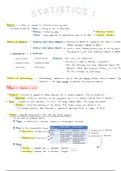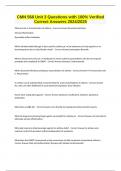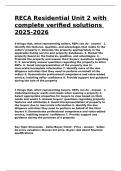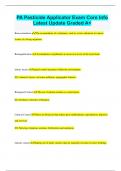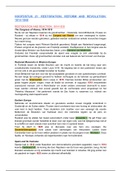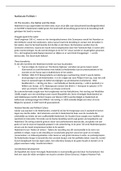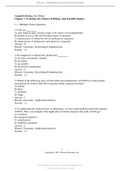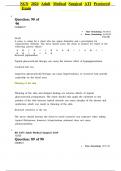Samenvatting
Statistics 1 / Statistiek 1 - English Summary - VU Psychology Year 1
- Vak
- Statistiek 1
- Instelling
- Vrije Universiteit Amsterdam (VU)
This is a visual summary based on the lectures of the Statistics 1 course for the English Psychology track at the VU. All concepts that are important for the exam and that have been discussed during the first 5 weeks are summarized and further visually explained using the examples given in the lect...
[Meer zien]
